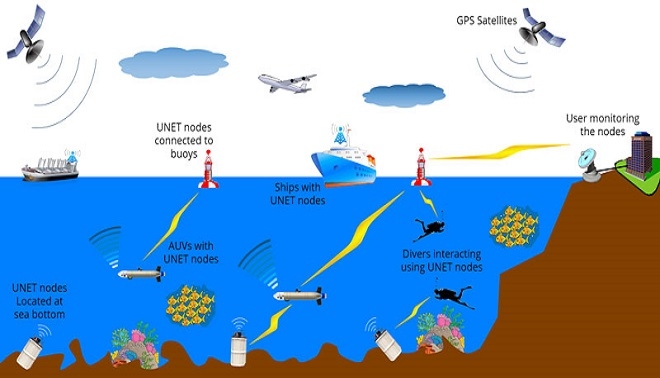Introduction: In the world of manufacturing, precision and accuracy are paramount. Advancements in technology have brought about innovative solutions that push the boundaries of what is possible. One such breakthrough is microstereolithography, a revolutionary manufacturing technique that has garnered significant attention in recent years. In this article, we will dive …
Read More »Quantum Simulators: Unlocking the Secrets of Complex System Modeling and Simulation
Introduction: In the realm of scientific exploration, understanding complex systems has always posed significant challenges. However, recent advancements in quantum technologies have paved the way for powerful tools that can revolutionize complex system modeling and simulation. In this article, we will explore the groundbreaking capabilities of quantum simulators and how …
Read More »Advancing Quantum Sensing: Ultrasensitive Nanobolometers Redefine Measurement Capabilities
Introduction In the ever-evolving landscape of scientific advancements, researchers have made significant strides in developing ultrasensitive instruments capable of detecting and quantifying energy at unprecedented scales. One such breakthrough technology is the ultrasensitive nanobolometer, a remarkable device that revolutionizes measurement capabilities. By combining the sensitivity of nanobolometers with the precision …
Read More »Quantum Simulators: Unlocking High-Energy Physics Challenges and Advancing Atomic Clocks with Large Qubits
Introduction: Quantum technologies have been making remarkable strides in recent years, offering exciting possibilities for solving complex problems and pushing the boundaries of scientific research. Among these advancements, quantum simulators have emerged as powerful tools that hold the potential to unlock the mysteries of high-energy physics and revolutionize atomic clocks. …
Read More »Tunable Optical Materials: Unlocking New Possibilities with DARPA’s ATOM Program
Introduction: The world of optics is constantly evolving, driven by the demand for advanced materials that can adapt to varying spectral ranges. Tunable optical materials (TOMs) have emerged as a groundbreaking solution, offering the ability to dynamically manipulate their optical properties for a wide range of applications. DARPA’s Accelerating discovery …
Read More »From Submarines to Sensors: Harnessing the Power of Internet of Underwater Things (IoUT)
Introduction The vast and mysterious underwater world has long remained a realm of secrets and wonders. However, advancements in technology are now unlocking the potential to connect and explore this hidden realm like never before. The Internet of Underwater Things (IoUT) is revolutionizing our understanding of ocean depths by harnessing …
Read More »Threat of Radio Detection and Communication Intelligence: Mitigation Technologies Enhancing Mission Success
Introduction In modern military combat, the element of surprise and remaining undetected by the enemy are crucial factors for mission success. While traditional methods of camouflage are being bypassed by advancing detection systems, radio frequency detection has emerged as one of the most effective technologies for identifying and tracking dismounted …
Read More »DARPA DRIFT: Advancing Analysis Algorithms for Synthetic Aperture Radar (SAR) Satellite Constellations
Introduction: The field of remote sensing plays a vital role in acquiring information about the Earth’s surface from a distance. Synthetic Aperture Radar (SAR) satellites, in particular, provide valuable insights by bouncing radar signals off the ground and creating images based on the reflections. DARPA’s DRIFT program aims to leverage …
Read More »Enhancing Mission Success: The Crucial Role of Military Rugged Displays
Introduction: In the ever-evolving landscape of military operations, technology plays a vital role in ensuring mission success. From critical communication systems to advanced weaponry, every component contributes to the effectiveness and safety of our armed forces. Among these essential components, military rugged displays stand out as a crucial asset. These …
Read More »DARPA’s In the Moment (ITM): Revolutionizing Military Operations with Algorithm-Driven Decision Makingdeveloping algorithm-driven decision making for military operations
Introduction: The realm of military operations is a complex and dynamic landscape where quick and informed decision-making can be the difference between success and failure. Recognizing the need for advanced decision-making capabilities, the Defense Advanced Research Projects Agency (DARPA) has embarked on an ambitious initiative called “In the Moment (ITM).” …
Read More » International Defense Security & Technology Your trusted Source for News, Research and Analysis
International Defense Security & Technology Your trusted Source for News, Research and Analysis


